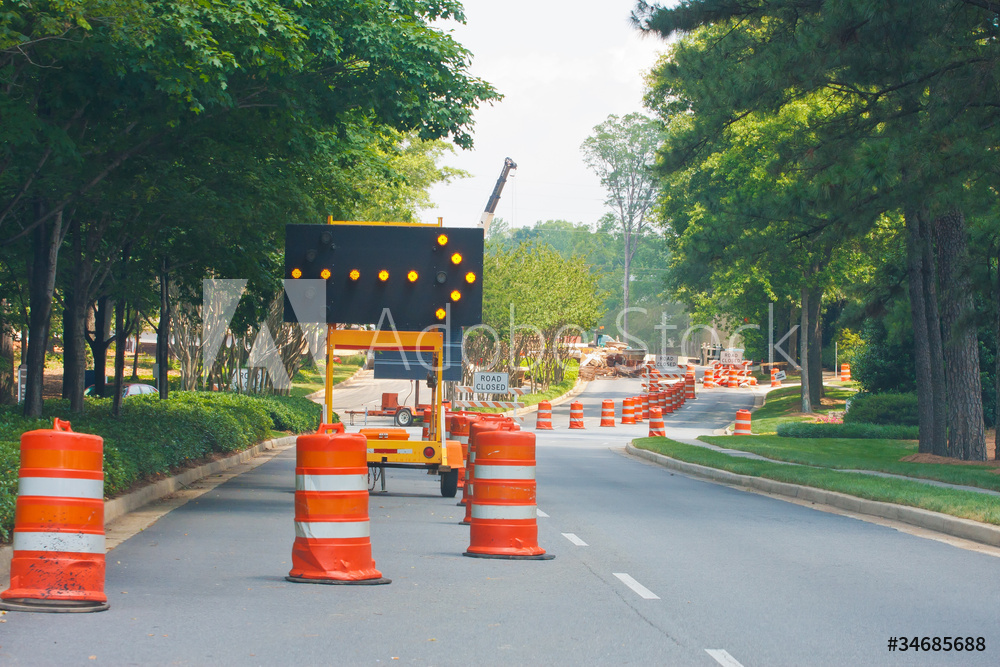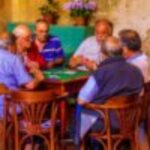WHEN THE ROAD TO CHANGE SEEMS TOO HARD AND YOU’RE JUST TOO TIRED TO KEEP GOING – LET US WALK BESIDE YOU AND HELP!
At Sawayer Logistics PLLC, you will find the help you are searching for to resolve the challenges you are currently facing in your personal life or your couples life
We provide personalized help to lead you forward down the road and thru lifes’ roadblocks!
Problems in your personal life or your professional life can be solved through examining the natural thinking processes and the flaws within your logic and your assumptions about the problems you face.
By using a structured analysis and providing you stategic planning, we help you to produces positive results for growth, happiness and improved functioning.
As you click thru our pages, , podcasts and posts, you will discover a wealth of information that will help you learn new ways of processing your thinking more efficiently.
I have included links to addittional outside resources for you to get more ideas of how problems can be solved in a strategic manner, quickly and efficiently.
I will act as your professional guide who will use the best techniques and practices we have in coaching to bring about the positive and lasting changes you seek.
What I can offer as a professional, comes out of a combination of my vast training, education, and life experiences which I apply in a synergistic fashion to assist you in meeting the challenges you face!
Professional Counseling and Expert Coaching is what we do to help you clear out those roadblocks in your life and get on down the highway!

I work with you to “put it all together” in a way that addresses what are uniquely your needs as an individual or as the leader of an organization.
Browse here so that you can discover the right questions to ask that can lead you to the right solutions. Watch the , read the blog content and listen to the podcasts and get an idea of the offering here.
Let’s do this!
Pages
- A Perspective on Death and Dying Gen Kelsang Gomla, a Buddhist nun
- A Priest Talks About His Own Death
- About Me
- Byron Katie And Practicing “The Work” For Growth
- Coaching Services
- Counseling Services
- Couples Counseling
- Illusions, Delusions and the Brain
- Our Service and Fees
- Site Categories
- Vet Help
- Video Library
- Healthy Boundaries for Success
- Homepage
- Getting The Love You Need
- Are you willing to take the time and make the effort to change?
- Privacy Policies
Posts
- Gen Kelsang Gomlam delves into the profound and often uncharted territory of death and dying. Having worked as a nurse for over 30 years, she has experience of helping others to die, and more recently faced up to the possibility of her own death. As a Buddhist nun, she shares insights into what actualy occurs when we die
- The Warrior in Law Enforcment
- Gun Culture
- Veterans Mental Health
- Renditions Blog
- Covid Grief and Trauma
- First Responder Trauma and Recovery
- Video Library
- What Is An Out of Body Experience?
- Talking about Near Death Experiences to Others
- Covid -The Ulimate Existential Battle- Part 1
- Belly Laughing
- First Responder Trauma Recovery
- Sharing the Near Death and Out of Body Experiences
- These Are Tryin’ Times
- Why being “just friends” is not a good idea by Dr. M.V. Miller
- Believing – After Divorce
- Intimacy is a Necessity, Not a Luxury
- The Courage To Change Your Future
- Couples In Conflict
- Covid-The Existential Battle -Part 2
- The Reality of Today’s Militias
- Effective Couples Communication
- Take the Anxiety Quiz
- Take The Depression Quiz
- Anxiety – How We Can Help
- Depression – How We Can Help
- Weather Induced Trauma
- Defining A Mental Health Crisis
- Five Short Chapters – Portia Nelson
- Renditions Blog – Too Much Evil
- How We Profile School Shooters
- Strategic Thinking Guide or Manifesto
- Male Sex Abuse Survivors
- Suicide – The New Epidemic
- Time Management
- Retirement Planning
- Post Divorce Adjustment
- Links By Category to Other Resources
- The Civil War Mentality
- What’s A Scottish Model of Policing?
- Pre-Marital Counseling
- Non-Traditional Couples
- Transgender Anti-Discrimination Reversal
- When Soldiers Become COPS
- An End To The “Us vs. Them”
- Law Enforcement At A Crossroads of Change
- Links To Interesting Stuff
- Covid19 and Mental Health
- Veterans Resources
- Couples Counseling or Couples Coaching
- Expert Life Coaching or Professional Counseling?
- Is Life Coaching For You ?
- What Really Is Reality?
- Hungers That Drive Us





